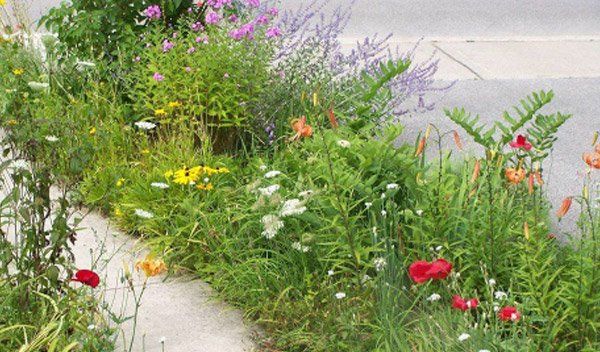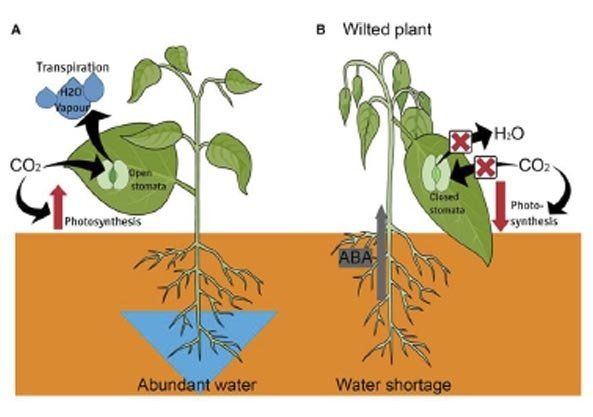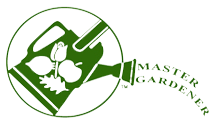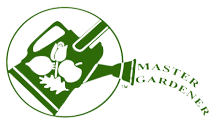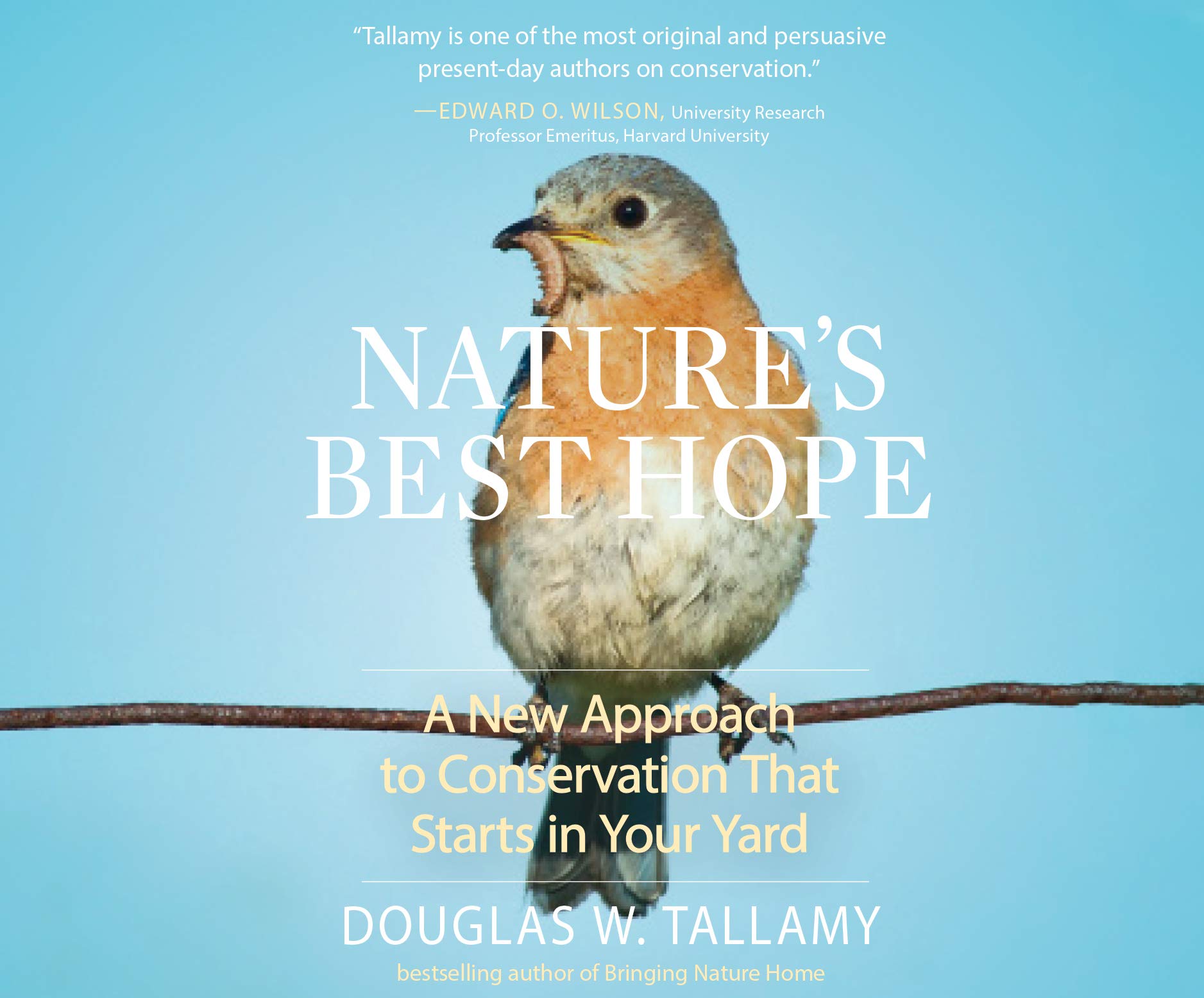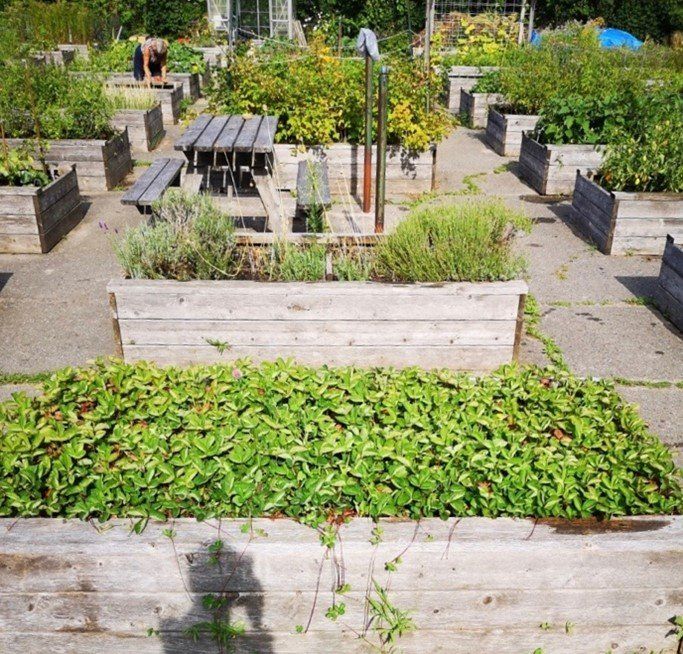Nature's Best Hope by Douglas W. Tallamy
Book Report by Margot Byers, Grey County Master Gardener
In the first week of January 2020, I attended the Landscape Ontario Designers Conference in Toronto. One of the speakers was Dr. Douglas W. Tallamy, Professor at the University of Delaware, Maryland, U.S.A. One of his research goals was to better understand the many ways insects interact with plants and how such interactions determine the diversity of animal communities. He has written a number of books about this, including Bringing Nature Home and his latest book, published in 2019, is Nature’s Best Hope; A New Approach to Conservation that Starts in Your Yard.
There is a lot of information in this book from the history of the conservation movement, some of the mistakes we have made with nature, sustaining our native bees, and more, but what really made me excited was how we, as gardeners, can help to improve nature and repair the damage we have done, through our own garden.
Many people are worried about climate change but feel that this is such a huge, world-wide, problem that it is up to our governments to solve it and there is not a lot that individuals can do, besides pressure their government to do something. In Doug Tallamy’s latest book, Nature’s Best Hope, he explains how every home owner can help with climate change by thinking of their garden as part of the ecosystem of the area they live in.
It all starts with the plants we select for our garden. In North America, gardeners have tried to mimic gardens from other countries, such as the English Garden, the French Garden, the Italian Garden, the Japanese Garden, etc. In doing so, we have incorporated plants from these countries that are not native to our own country and climate.
It has also become the norm to select plants that are different, unique and not found in anyone else’s garden – a specimen plant. Usually these plants are non-natives and originate on another continent. In some cases, the plants brought in from these different countries have no natural predators that eat them or diseases that infect them. Without a natural way to inhibit their growth, these non-native plants have done very well here and become invasive in our natural, native habitats to the point where our native plants, that do have predators and diseases attacking them, are not able to compete.
With Dr. Tallamy’s research, he has been able to link the health of our native plants to the health of our ecosystem which in turn affect our world. He has linked this to the health of our insects. If our native insects do not thrive, then our native plants, birds and animals do not thrive. Specialization in our natural world is normal, especially for food. In order to pollinate, plants need specific insects, and in order to become pollinators, insects need specific plants on which their larvae can feed and grow on. The plants and insects in our natural environment have evolved together for centuries and have developed a co-dependency.
Our native birds also depend on native insects to feed their young. Dr. Tallamy’s research showed that most birds feed their young, almost exclusively, caterpillars. Why caterpillars? They are soft, large, nutritious, low chitin percentage, and best source of carotenoids. Carotenoids are only made by plants but are essential to the diet of vertebrates. Birds do not typically eat plants, but need carotenoids to thrive, so they must get carotenoids from something that does eat plants.
Dr. Tallamy’s research team focused on the black-caped Chickadee to see what they feed their young. They discovered that a pair of chickadees delivers food to their young about every 3 minutes. In a 27-minute period, the pair of chickadees they were observing delivered 30 caterpillars to their nest, which means they bring more than 1 caterpillar in their beaks. Chickadee parents forage for food for their babies from 6:00 a.m. to 8:00 p.m. and in one day can bring 390-570 caterpillars to the nest (depending on how many babies are in the nest). Chickadees feed their young for 16 days before they fledge, and still feed them after they leave the nest. For a pair of chickadees to rear one clutch, they must catch 6,240 to 9,210 caterpillars! A chickadee is a small bird weighing 10 grams (0.35 oz). Imagine how many caterpillars a larger bird must feed its young! For example, a red-bellied wood pecker weighs 8 times more than a chickadee. Even hummingbirds eat insects!
Were the caterpillars foraged by the chickadees the same species? No. In a 3-hour period, the chickadees brought back 17 different caterpillar species. The chickadees diversity of caterpillar selection ensures that there will be food available for their babies even if a species of insects is not doing well that year.
So, without insects and their larvae, there would be no baby birds. The bird parents will not select an area that does not have a good supply of caterpillars to raise their young. If we want to keep birds in our environment, we must encourage a diverse selection of insects to thrive upon a diverse selection of native plants.
To determine what plants we should use, we need to look at the specialized relationship between plants and insects. Plants do not want to be eaten and have developed distasteful chemicals to deter insects. Insects do eat plants, however, and often specialize their feeding on only a few types of plants. This special relationship has developed over a long evolutionary history. An example is the monarch butterfly and the milkweed. The milkweed plant is protected by a chemical that is a cardiac glycoside. Over centuries, the monarch larvae have developed a tolerance to this chemical. The milkweed plant also produces a latex sap which gels when exposed to oxygen and can glue a caterpillar’s mouth shut. Over a long co-evolution with the milkweed, the monarch larvae have developed a tolerance of the chemical and a technique to overcome having their mouths glued shut. The downside is that they can only feed on milkweed.
We can use the knowledge that most insects are species specific and build landscapes that support effective food webs. Remember 90% of the insects that eat plants can only eat the plants with which they have co-evolved. Native insects have not developed a co-dependency on non-native plants and cannot eat them.
Not only birds need insects. So do frogs, toads, spiders, salamanders, snakes, bats, mice, chipmunks, skunks, possum, raccoon, fox, bears, hawks, and humans. Even if the mammal does not eat insects directly, they do eat fruit, vegetables and animals to do depend on insects.
We need native biological diversity in order to maintain a diverse insect population. We think our parks and preserves will sustain nature, but our shrinking natural areas are not large enough to sustain nature. In addition to the size of these areas, they are being invaded by 3,300 species of introduced non-native plants.
We each need to think of our own private gardens as part of this larger natural area to help create a connected natural area. Land ownership is more than a privilege: it is a responsibility to maintain the land for all native species. If all private gardens are planted with a majority of diverse native plants, then we can increase substantially the amount of natural areas that our native insects, birds, invertebrates and mammals depend on. We can still use non-native plants but 75% of the plants used in your garden should be native plants. And please do not use non-native invasive species in your garden.
Research was done to determine what native plants are the best at sustaining a variety of insect species. There are some keystone native plants that do this, and every garden should have these plants. One of these keystone plants is the White Oak tree, which provides habitat for over 550 different caterpillar species. Black Cherry, Willow species, Birch, Popular, Maple, and apple trees are also keystone plants. There are many more keystone plants that include shrubs and perennials. Think of the plants in your garden as bird feeders instead of beauty.
Research was also done to see how many birds nest and raise their young in areas with a high number of non-native plants. This research showed that in urban areas where it is almost predominately non-native trees, shrubs, and perennials, there are very few to no birds in the area. If there are no native insect larvae to feed their young, birds will not nest in that area. Putting out bird feeders with seeds can feed the adult birds but not the baby birds.
Doug Tallamy’s presentation and book, Nature’s Best Hope, were an eye opener for me as to how we can help nature repair itself one garden at a time. Eventually, all these native gardens can become linked or connected, which will attract more insects and birds. Through one garden at a time, we can also improve climate change. Trees, shrubs and perennials are carbon-based plants and as they grow, they take carbon from the air and store it in their structure, roots and in the soil. The more plants we plant and allow to grow, the more carbon is removed from the air and stored in the soil.
I highly recommend reading his book Nature’s Best Hope. If we take action in our gardens, we can help our native species of plants, insects, birds and animals and improve climate change.
Latest Blog Posts
